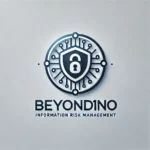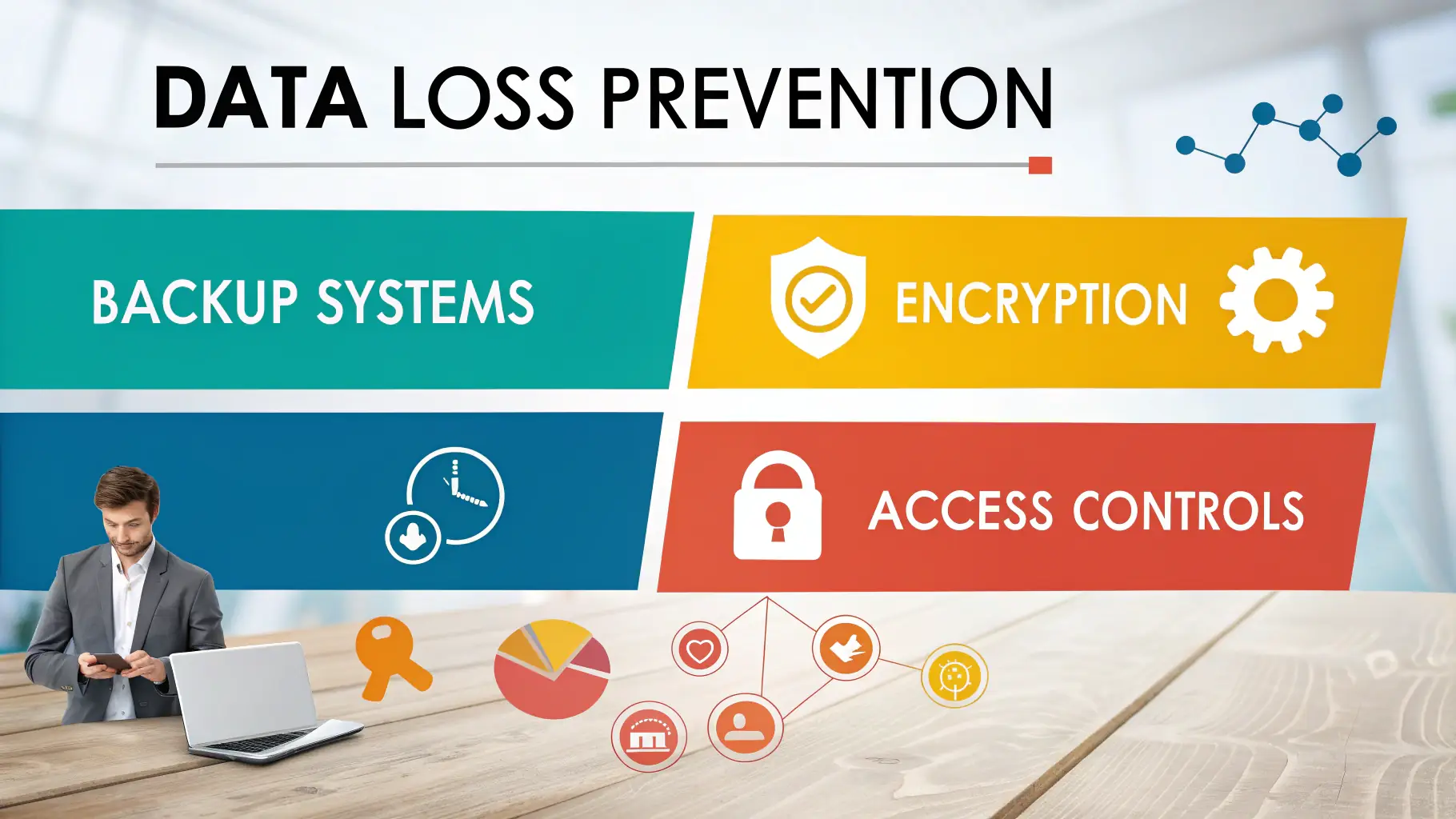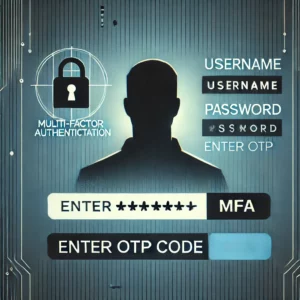Data loss prevention (DLP) is a crucial component of any comprehensive information risk management strategy. It involves implementing measures to prevent sensitive data from leaving the organization’s control. This includes both internal and external threats. Effective DLP strategies are essential for maintaining compliance with regulations and protecting sensitive information. Implementing DLP solutions requires a thorough understanding of the organization’s data landscape. Identifying sensitive data and its locations is the first step. This includes understanding where data resides, how it’s used, and who has access to it. This knowledge is essential for developing targeted DLP policies. Regularly reviewing and updating DLP policies is crucial. The ever-evolving threat landscape necessitates adapting to new risks and vulnerabilities. This includes staying informed about emerging threats and adjusting policies accordingly. Furthermore, employee training and awareness programs are essential to ensure that employees understand and adhere to DLP policies.
Why MFA Isn’t Enough: Strengthening Application Authentication
In today’s cybersecurity landscape, Multi-Factor Authentication (MFA) is widely recommended as a critical layer of




